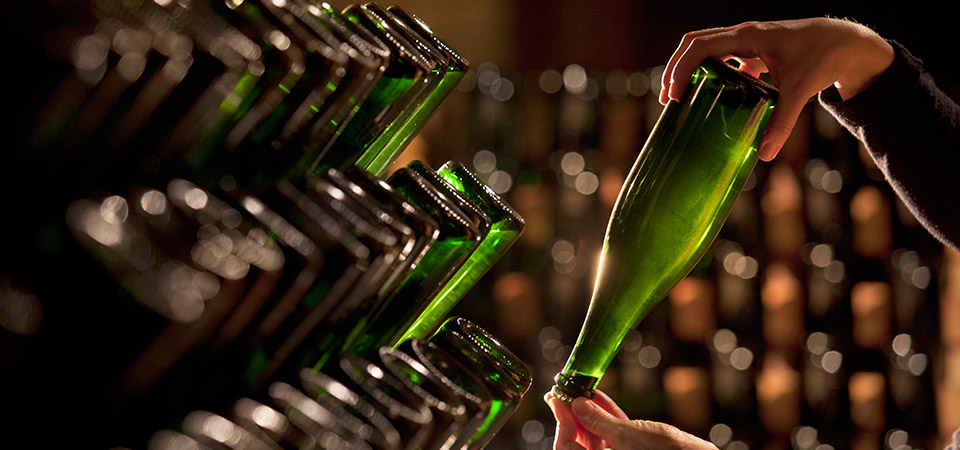WINEDADDY
Dom Maria is a Brazilian sparkling wine that is every bit as good as French Champagne, which won’t make the French happy…
I’m going to go out on a limb here and say that not many people know that Brazil is an excellent wine growing country.
But some smart people have figured that out, and now some really good and interesting wines are being grown there, particularly, at the moment, Champagne style Dom Maria.
In 1973 Chandon, of Moet Chandon renown, came to Brazil, settling in an area known as the Valley of the Vineyards. They had been looking in Chile for the best soil for champagne type grapes, and the best place turned out to be to the north, in Southern Brazil.
The spectacularly named Valley of the Vineyards, in the region of Serra Gaucha, was actually settled in the mid 1800s by Italian and German immigrants who brought their culture and vintner skills with them. One side of the Valley is towns like Garibaldi and Montebello, where an Italian dialect no longer spoken in Italy predominates. The other side is very German, with towns like New Hamburg, and known for great beer, which is still being produced there.
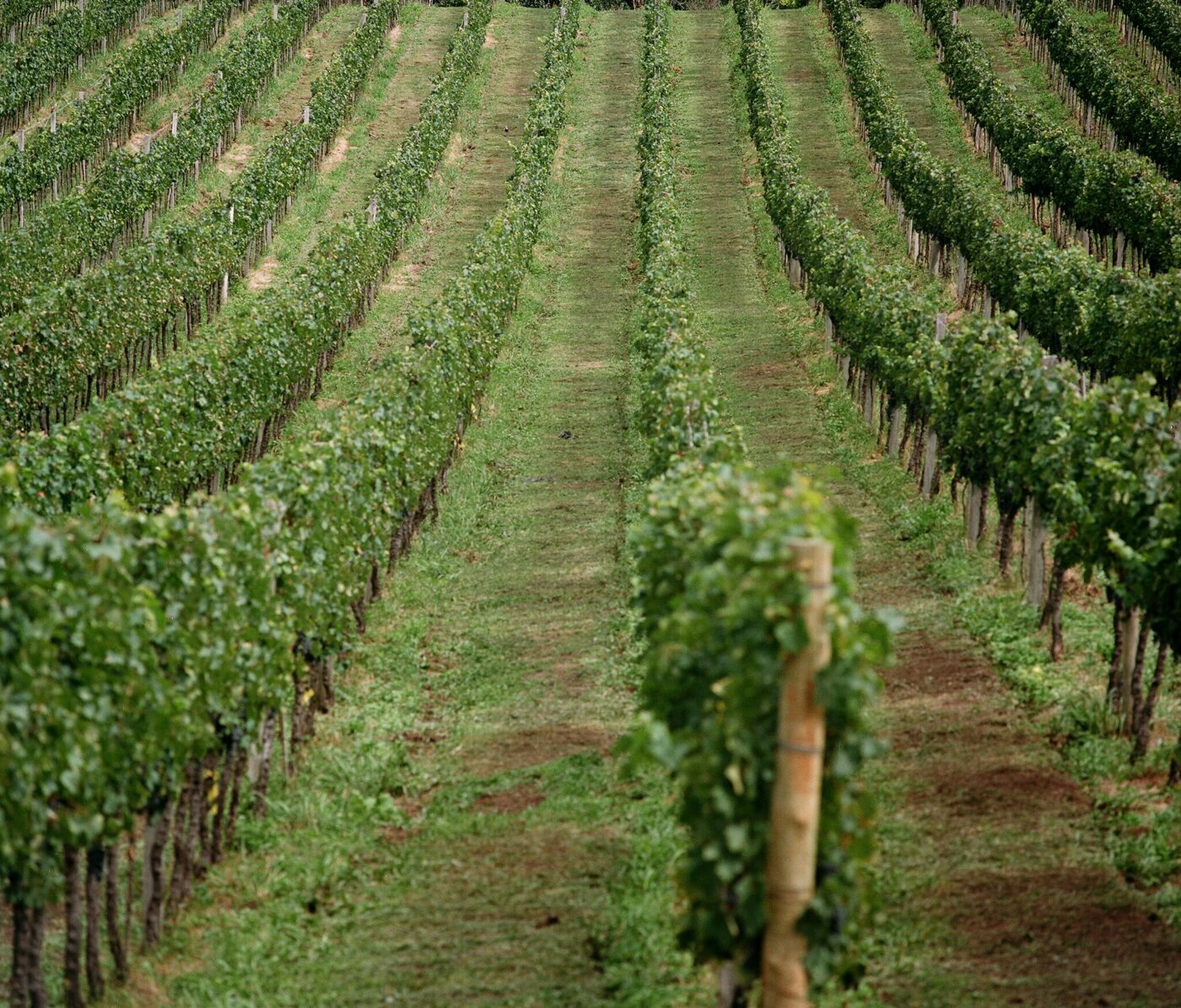
Originally the Valley of the Vineyards wooed nobody, producing mostly “table grapes” for box wine and local consumption. It wasn’t until Chandon arrived that people realized they could have been making really good wine, and after Chandon brought attention to the region, investment banks began investing in vineyards, precipitating a kind of arms race of improving the terroir and modernizing the winemaking.
Today the most interesting wines being produced are biodynamic and organic wines. The climate and the terroir is particularly good for Chardonnay and Pinot Noir, and 80 miles north of the Valley a producer is cultivating a wonderful strand of the Gewurztraminer grape.
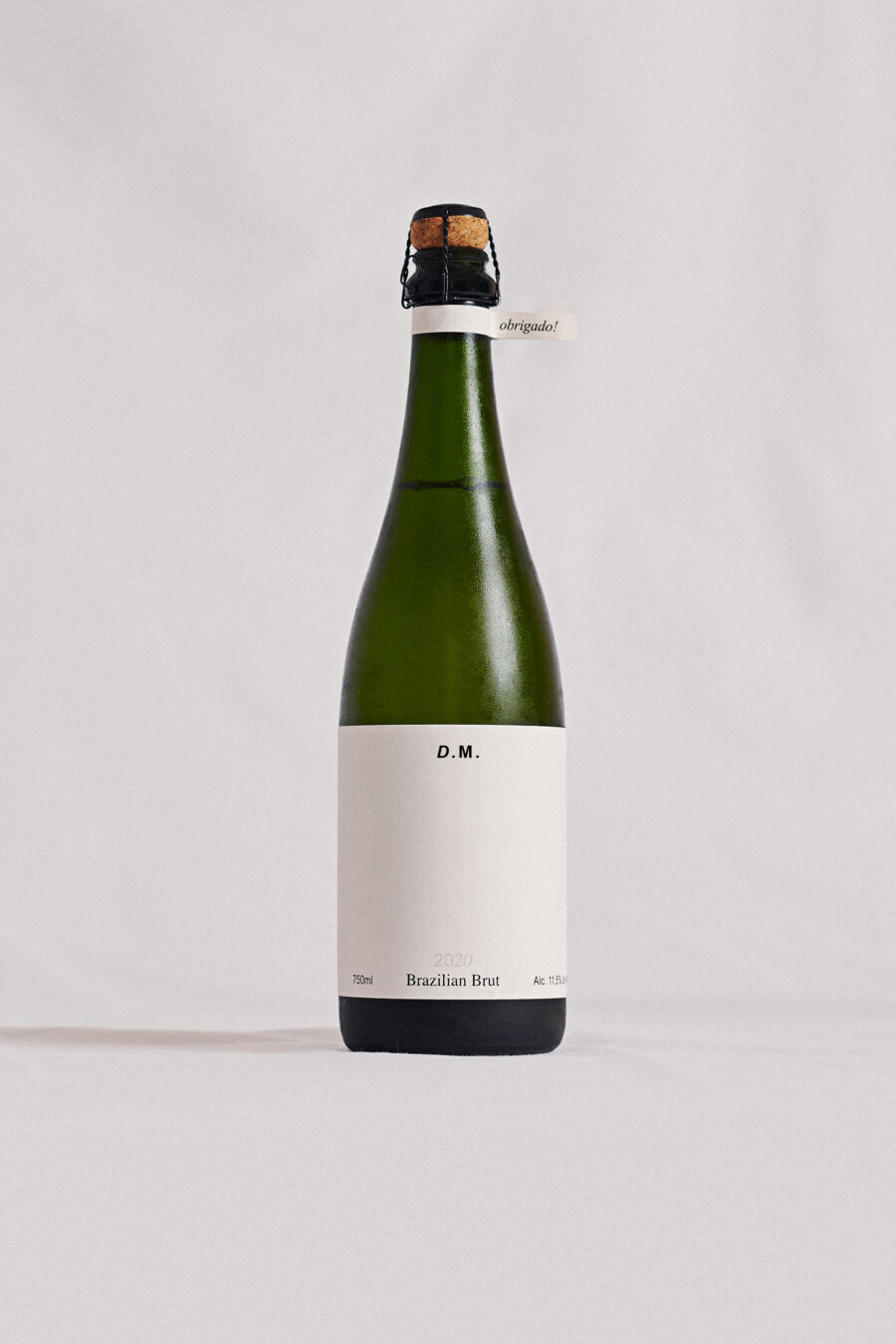
And flash forward to 2020 and the launch of Dom Maria, produced by Casa Valduga, a spectacularly good Champagne in everything but name (as in, you can’t call it Champagne because it’s not from the very tiny region of Champagne in France). Technically it’s a sparkling wine, the deliberate term of diluted romance meant to suppress competition and price and preserve the mythological status of champagne. The sad, gray truth is that most actual champagne is ordinary and not worth the money — the best, of course, are great, but there are many Proseccos and Cavas, and now we can add to that a new Brazilian contender, that are much better.
Dom Maria may have debuted only a few years ago, but the vineyard it comes from was started by the Valduga family in 1875. For more than a century they grew grapes and even produced some ordinary, serviceable wine with no more ambition than that. In the last fifty years as the area blossomed into serious wine making territory, the Valduga family stepped it up and started making much better wines. This culminated with the Dom Maria, 60% Chardonnay and 40% Pinot Noir, for which the vines grafted in place are from Champagne.
“My mission is to introduce the world to Brazilian wine making excellence” says Nick Walker, cheerily and grandly. Nick is the cofounder and CEO of Dom Maria, and co founder and CEO of the brand’s holding company, The Folclore Company, which also makes other Brazilian alcoholic beverages, such as an ultra-premium Brazilian Cachaça called Cãna (www.drinkcana.com) and a glorious Brazilian gin, Amázzoni, made from botanicals cultivated from the Amazon rainforest.
He is both metaphorically and literally Dom Maria’s ambassador/cheerleader. He travels the world proselytizing for his Brazilian Champagne (I know, sue me). 95 percent of the production is sold in America, but the rest of the world is learning about it. In 2020 they produced only 3,000 bottles, but in 2023 did close to 11,000, and in 2024 they expect to bottle north of 20,000. Ultimately, I imagine, they’re going to have to get a bigger vineyard…
“Dom Maria is a partnership between myself, my cofounder Gui, and the Valduga family, specifically designed with the international market in mind,” says Nick. “They are originally from Comune di Rovereto, a city and comune in Trentino in northern Italy, located in the Vallagarina valley of the Adige River.
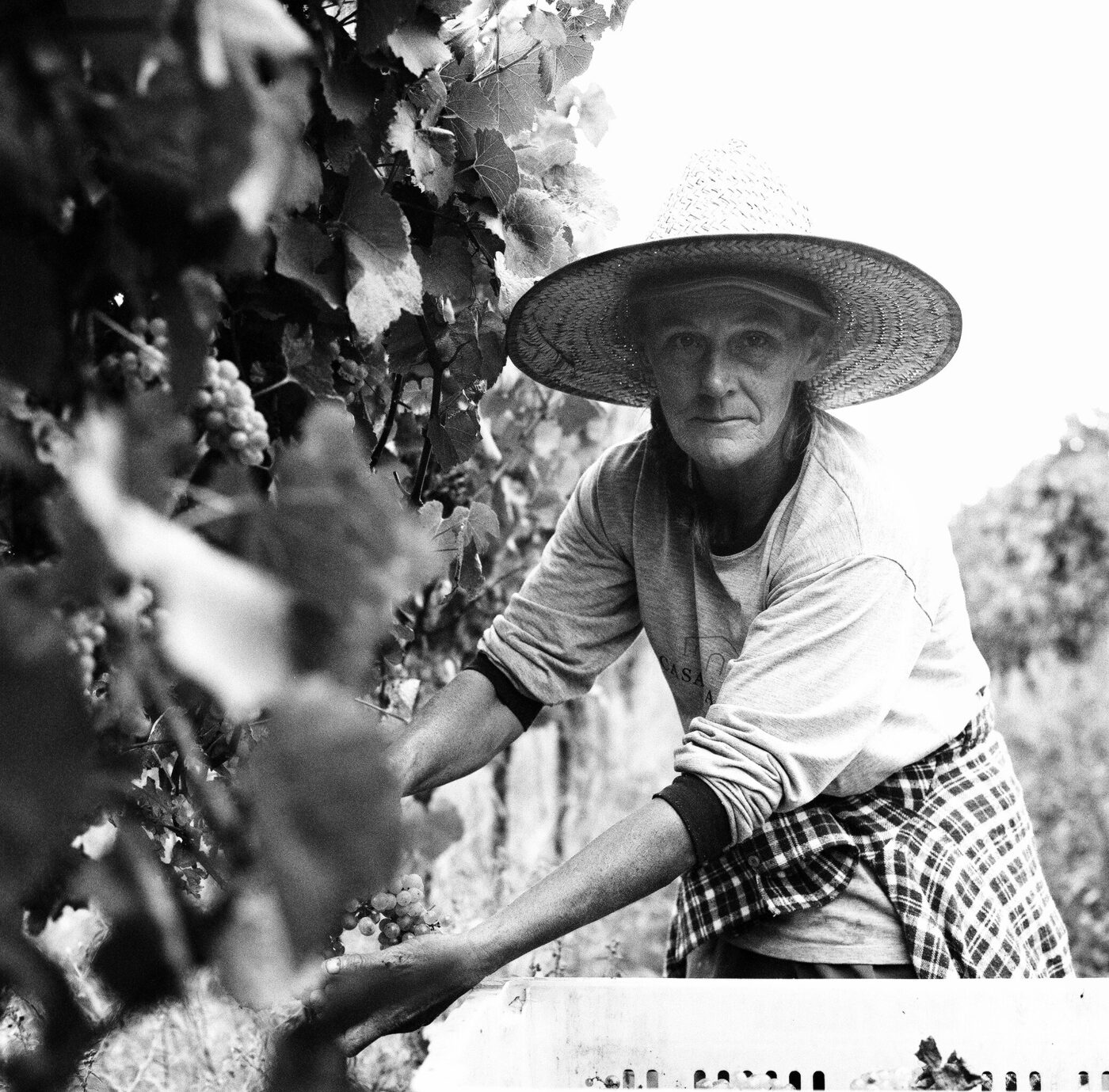
“Our main partner and shareholder is Luisa Valduga, a 6th generation Valduga, and her dad is the main winemaker of the family, while her uncles are also involved. Their family was one of the first to arrive in Valley of the Vineyards, and one of the first to plant grape vines in the area, initially for consumption, like supermarket grapes. The 3rd generation is the one to move towards winemaking, beginning in the 1970s.”
The Valdugas have been making sparkling wines since the early seventies, but a sweeter version, which more suited Brazilian tastes. Dom Maria is the drier, more traditional champagne style. Incredibly, multiple of the Chardonnay and Pinot Noir vines on the Valduga estate that were imported from Champagne, Burgundy and Bordeaux, predate the Phylloxera pest epidemic that devastated the region in the mid 1800s, and so are the original, very old French vines.
There are two methods for how they make their three Dom Maria styles — Brut, Rose and Sur Lie — the traditional Champenoise, and the Tank Method (how Prosecco is generally made).
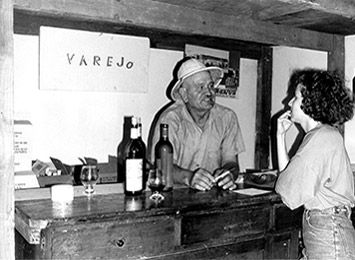
First they make “still wine”, after selecting the best chardonnay and pinot grapes. That’s the first fermentation. They then age the wine in various kinds of oak barrels and bottle it in the right blend proportion, add the yeast and sugar, and seal it with a special beer cap.
The third step is to set the wine to rest in a horizontal position for the yeast to eat the sugars and make alcohol and CO2. “Our Brut goes for 12 months, our Rosé for 14 months and the Sur Lie for 30 months. This second fermentation adds about 1-2% extra alcohol and the yeast slowly dies,” explains Nick
“Now you start getting the bottle ready, so you do the ‘riddling’, which is a specially designed bottle holder that you can slowly tilt the bottle upside down for the yeast to delicately accumulate in the crown cap. All our riddling is done by hand over 30 days. The sur lie does not go through this step.”
From there it goes to the dégorgement, or “disgorgement” step. The top of the bottle is frozen (the bottles are upside down and placed in freezing liquid), and the crown cap is popped off with the accumulated (frozen) yeast. This makes the frozen chunk of lees shoot out of the pressurized bottle. Next the open bottle is “dosed” with a mixture of extra wine (to level all the bottles to the right volume) and to add extra sugar.
“Our D.M. Brut and Brut Rosé have between 4-6g of sugar per bottle, the Sur Lie has 0 added sugar. Wines in France and other parts of the world can have up to 12g and still be identified as Brut,” says Nick.
Add the cork, wire the bottle shut, label it, and it’s ready for a lucky drinker!
The tank method is similar but rather than do the second fermentation in the bottle, the base wine is placed in another large tank for 7 to 21 days where it does the secondary fermentation. Then specialized filtering equipment removes the dead yeast sediment, and it’s bottled like on a coca-cola bottling line.
The Sur Lie, where they don’t remove the yeast, is their newest product and, enigmatically, only available to Dom Maria’s Wine Club subscribers, who will start to get it this February. It’s a simple but refined sparkling white wine.
Here’s the link if you’re interested in checking out the club: www.dmbrut.com (the section will be live soon, if not already).
“‘Sur Lie’ is a French term used in winemaking that translates to ‘on the lees’,” Nick says. “It refers to a technique where wine is left to age on the lees, and the dead yeast cells and other particles remain in the wine after fermentation. This is very popular with Loire Valley white wine. A normal sparkling wine would filter these out during the dégorgement and make some modifications to the wine prior to adding the cork and shipping to consumers.”
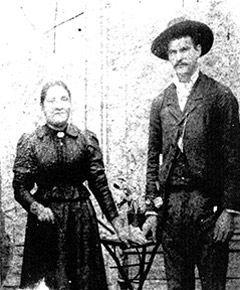
So Sur Lie basically means it hasn’t undergone the dégorgement process, so there’s no addition of expedition liqueur, no added sugar, and no modification.
This lack of finishing allows the yeast to break down naturally while the bottle is sealed, and it can continue to evolve on the shelf, in addition to the 30 months it has already spent in Dom Maria’s cellars.
“Over time, the lees continue to break down, a process called autolysis, releasing compounds that contribute to the wine’s flavor profile. This can increase the wine’s overall complexity. The lees can also provide a degree of natural preservation to the wine, allowing it to age and develop without the need for additional preservatives,” explains our hero, who goes on to say that because there’s no modification, the bottles don’t come with a cork but with a “beer cap” from when the bottle was first prepared, further protected by dipping it in wax.
In America, Dom Maria wines are mostly available on the east coast (and Texas!), in restaurants and bars. But the best way to get a bottle is through their site: www.dmbrut.com






